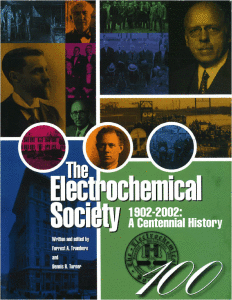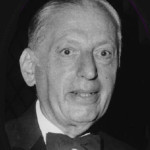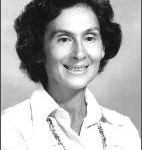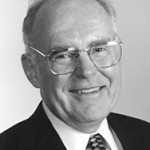Since its foundation in 1902, ECS and its members have been at the forefront of the challenge to bridge the gap between electrical engineering and chemistry. The years that followed the Society’s establishment have been filled with innovation, ingenuity, and excellence throughout the field of electrochemistry. Take a look back at some of ECS’s most prestigious members and their accomplishments.
Samuel Ruben
In 1918, Samuel Ruben, an 18-year old high school graduate, was hired by the Electrochemical Products Company in New York City. Bergen Davis of Columbia University arranged for Ruben to sit in on courses at Columbia and spent evenings tutoring him. Ruben went on to invent the dry electrolytic aluminum capacitor, the vacuum tube relay, the quick heather vacuum tube, a sold-state rectifier, and the balanced cell mercury battery.
Joan Berkowitz
In 1961 Joan Berkowitz joined the Society and became the first woman president in 1979. She was active in what is now the HTM Division and served as chairman. She was a Divisional editor for the Journal and served on many Society committees. Berkowitz designed, for the lunar space program, experiments in metals melting and eutectic solidification in space; and co-authored a monograph on industrial utilization of NASA developments in electroplating.
Gordon Moore
In 1965, Gordon Moore proposed that the number of transistors on a silicon chip would double every year (later revised to every 18 months) – the famous “Moore’s Law.” Moore joined the Society in 1957 and became one of the members of the Electronics Division. Moore, the co-founder of Intel gave two Society plenary talks, on in 1981 and one in 1997.
Who do you think has made a significant contribution to electrochemistry recently? Let us know your answer on our Facebook page for a chance to win a free copy of The Electrochemical Society (1902-2002), and discover more about some of the greatest thinkers in the field.






